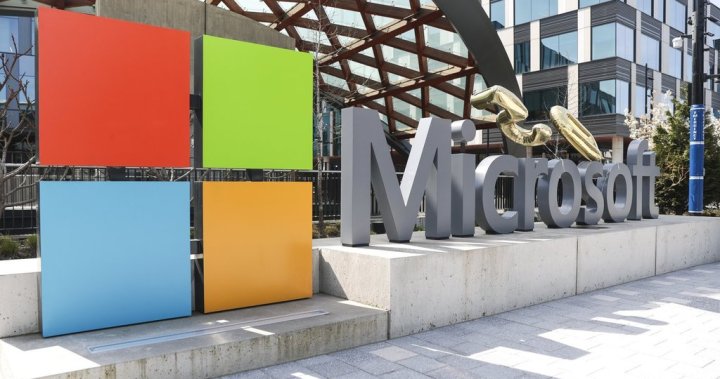The corridors of Microsoft’s sprawling Redmond campus fell silent for many employees this week as the tech giant announced its largest workforce reduction in three years. Approximately 9,000 jobs—roughly 4% of Microsoft’s global workforce—were eliminated in what CEO Satya Nadella described as a “strategic realignment” during Thursday’s tense company-wide virtual meeting.
For Sarah Jenkins, a seven-year software engineer at Microsoft’s Vancouver office, the news arrived via a 7:30 AM calendar invitation. “The meeting was brief. Clinical. By 8:15, my access was revoked,” she told me during a phone interview, her voice still reflecting the shock experienced by thousands of now-former Microsoft employees.
This round of cuts runs deeper than the 10,000 positions eliminated in January 2023, targeting core business units rather than just recent acquisitions. The layoffs disproportionately impact Microsoft’s cloud computing division, Xbox gaming unit, and portions of the Office software teams—divisions that were once considered the company’s growth engines.
Industry analysts point to several factors behind Microsoft’s decision. “The company is recalibrating after its massive AI investments,” explained Joanna Chen, technology sector specialist at Westwood Capital. “Microsoft poured over $13 billion into OpenAI and related infrastructure. Now they’re adjusting their human capital allocation to reflect that technological shift.”
The timing has raised eyebrows throughout the tech sector. Microsoft reported record quarterly revenue of $64.7 billion in April, with cloud services growing at 21% year-over-year. The company’s stock has surged 27% since January, outperforming most tech sector indices.
“This isn’t about cost-cutting from a position of weakness,” noted Marcus Thompson, senior tech analyst at Bloomberg Intelligence. “It’s about reallocating resources toward artificial intelligence while streamlining operations in mature business units. The question remains whether Microsoft can maintain innovation momentum while reducing headcount in key divisions.”
For affected employees, the company has offered severance packages including six months of healthcare coverage and a minimum of four weeks pay plus one week for each year of service. However, many workers have expressed frustration with the handling of the announcement.
“The internal communication was chaotic,” said Robert Chen, a former product manager from Microsoft’s Seattle headquarters. “Some teams learned about cuts through news reports before their managers could brief them. It undermines the company culture Nadella worked years to build.”
The layoffs arrive amid broader tech industry uncertainty. While major players like Google parent Alphabet and Meta have slowed hiring, Microsoft’s move represents the largest tech workforce reduction announced in 2025 thus far. Industry experts speculate whether this signals a new wave of tech consolidation or simply Microsoft’s unique strategic positioning.
Vancouver’s tech ecosystem will feel ripples from these cuts. The Microsoft Canada Excellence Centre, opened in 2016, is losing approximately 120 positions according to internal sources. Local tech placement firms report being flooded with resumes from affected employees.
As Microsoft reshapes its workforce for an AI-focused future, the human cost of this transition remains significant. For thousands of skilled technology workers now searching for new opportunities, Microsoft’s “strategic realignment” represents more than corporate restructuring—it’s a life-altering event demanding immediate personal adaptation.
Whether this workforce reduction ultimately strengthens Microsoft’s competitive position or undermines its cultural foundation remains to be seen. What’s certain is that July 2025 marks another significant inflection point in the evolving relationship between technology companies and the workers who build their products.
For more technology coverage and analysis, visit CO24 Business or follow our ongoing coverage at CO24 Breaking News.










